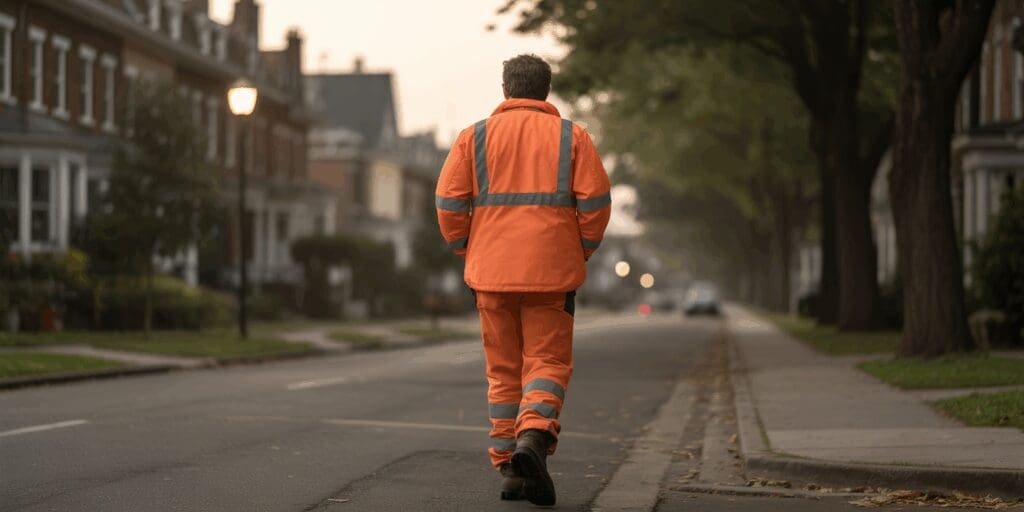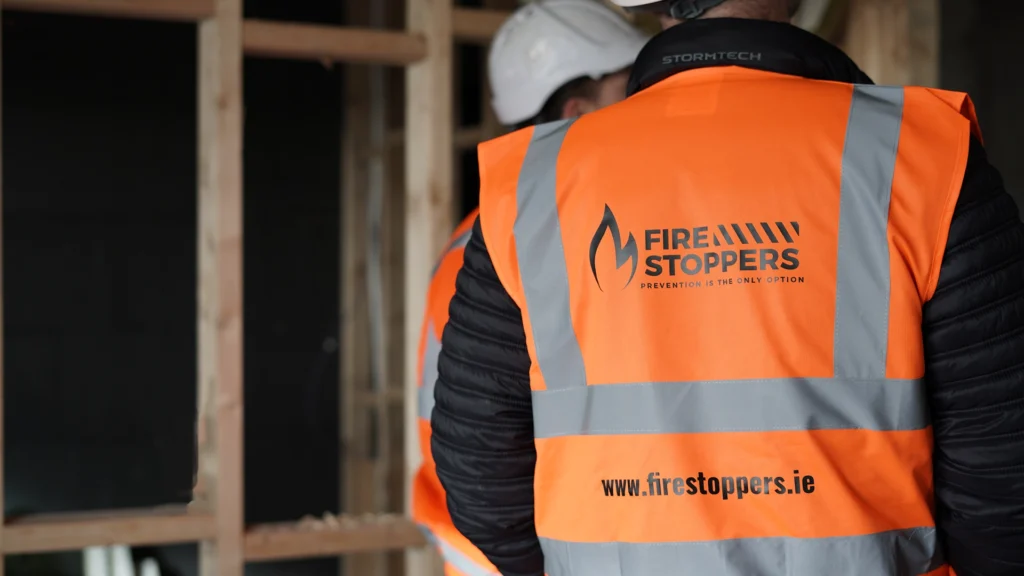Passive fire protection
Passive Fire Control
Passive fire control forms the foundation of comprehensive fire safety strategies in modern buildings. Unlike active fire protection systems that require activation or human intervention, passive fire control systems work independently to contain fire and prevent its spread throughout a structure. Understanding the critical role of passive fire control is essential for architects, engineers,
Get a Free Estimate
Fill our the form below for a free, no-obligation quote.



